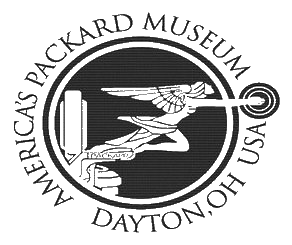The Motor for the Million: the Austin Seven, 1922-1939
Used book, only one copy available.
Author : Robert John Wyatt
Publisher : David and Charles, 1972
Language : English
Paperback : 216 pages
ISBN-10 : 0715357662
ISBN-13 : 978-0715357668
Used book, only one copy available.
Author : Robert John Wyatt
Publisher : David and Charles, 1972
Language : English
Paperback : 216 pages
ISBN-10 : 0715357662
ISBN-13 : 978-0715357668
Used book, only one copy available.
Author : Robert John Wyatt
Publisher : David and Charles, 1972
Language : English
Paperback : 216 pages
ISBN-10 : 0715357662
ISBN-13 : 978-0715357668
The Austin Seven was often called the British Model T. For millions of people, the Seven was their introduction to motoring. It met the needs of young families aspiring to own an affordable motor car. The Austin Seven was considerably smaller, at 3/4 size, than the Ford Model T. The “Seven” comes from the original engine producing 7.2 horsepower; not much, but enough to get people around. Top speed was just over 50mph and performance was such that even small hills would slow progress to walking pace. You needed to get very good with double-declutching your way down the gearbox. The car proved to be a hit, and was license-built in the United States, Japan, Australia, Germany, and France. The Austin Seven was sold in coupe, tourer, saloon, cabriolet, sports, and van models. About 290,000 were built between 1922-1939, of which around 7,000 survive today. The great New Zealand race car driver and engineer Bruce McLaren won his first race in a 1929 Austin Seven at the age of 15!
What do sheep, swallows, and jaguars have in common? Answer: the Austin Seven. Herbert Austin was born in England but moved to Australia and worked at the The Wolseley Sheep Shearing Machine Company in the city of Sydney. The company and Austin moved to England, and he began building bicycles. By 1905, he set up his own company to build cars, and during World War I he manufactured munitions. After the war, and struggling with financial difficulties, he conceived a small, inexpensive car, which became the Seven.
Enter the Swallow… William Lyons was co-owner of the fledgling Swallow Sidecar Company. He obtained a Seven under dubious circumstances and redesigned the body. Henry Austin was impressed and in 1929, Lyons opened the Swallow Coachbuilding Company. After World War 2, the name was changed to Jaguar. Now you know…

